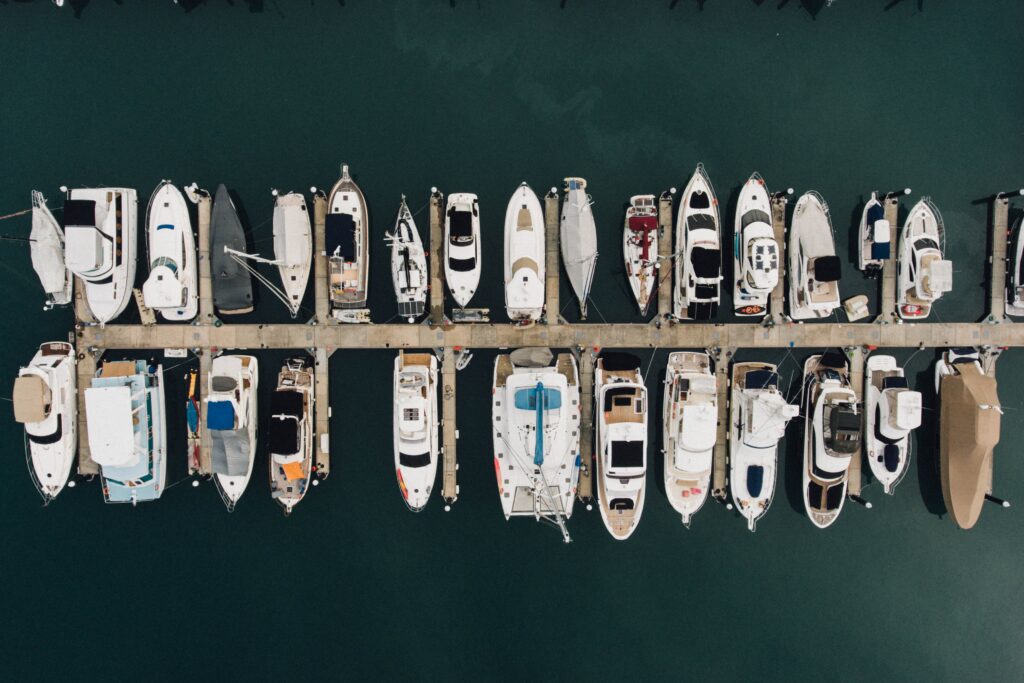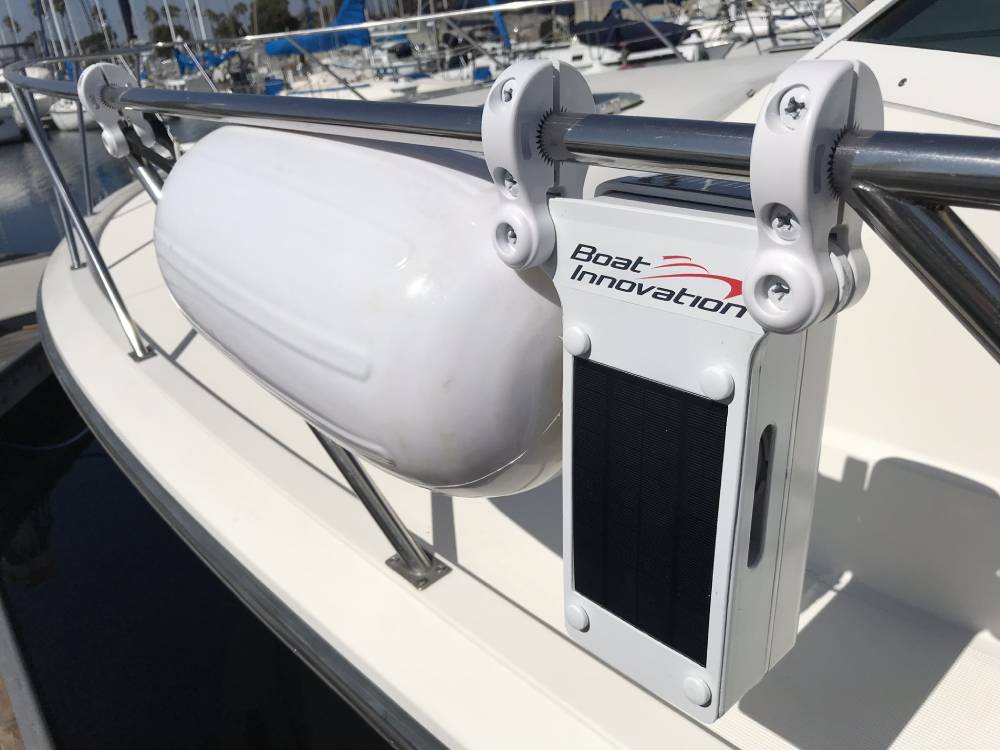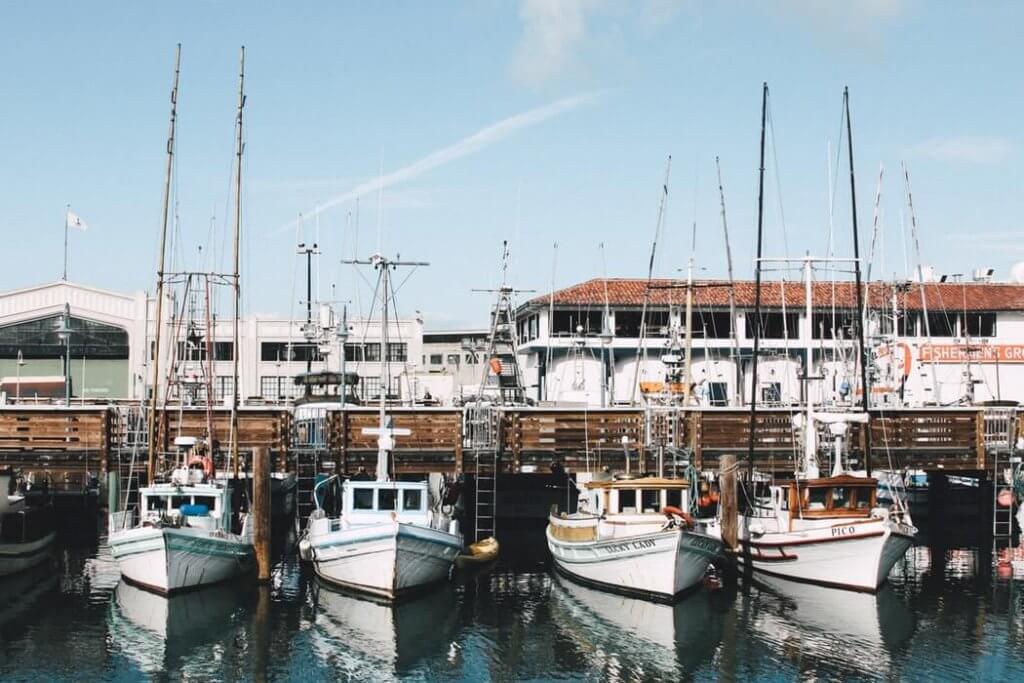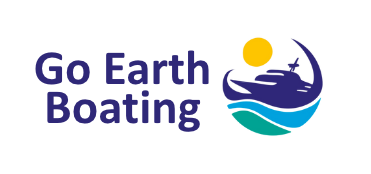How To Choose The Right Marina

Marinas, Moorings and Berths OK, you now have the boat of your dreams. Just one tiny little challenge exists. Where do you put it? Most people decide on a marina, depending on the size of the boat. Given that we are talking about boating, you won’t be surprised to hear that marinas are not cheap! Their pricing is usually based on so much per metre LOA. Some marinas have a two-tier system, with lower per metre rates for smaller boats. Location, Location, Location The first practical criterion to consider is location. That can mean somewhere fairly local to you, or it can mean an idyllic spot in the sun – typically the Mediterranean for Britons. The great advantage of somewhere local is that you can easily get to your boat when you have the time, and the tides and weather are suitable. At Go Earth, we can use our database of marinas to tell you all the marinas within easy travelling distance.For others, having their boat in a sunny climate is of prime importance. You need to take account of flight availability and cost; and the different rules and regulations abroad. Types of Marinas The three main categories are: Coastal marinas River or lake marinas Canal marinas Coastal marinas tend to be large, have substantial facilities, are usually professionally run and can accommodate most types and sizes of boats. They are tidal and so marina access times need to be considered. They may be behind a lock or cill gate. The surrounding environment can be very varied – from the picturesque to the industrial. The main UK locations tend to be clustered around the south coast, north Wales and the Scottish lochs. River or lake marinas tend to be more modest iin size and often have fewer facilities. They may be tidal or nontidal. For example, the River Thames has both tidal and non-tidal sections; it is tidal up to Teddington Lock, and non-tidal beyond that. The largest lake in the UK is, of course, Windermere, with several marinas of varying sizes. It provides a peaceful, but limited, boating environment. However, even if your navigation skills are severely limited, it is difficult to get lost on Windermere! The 10-knot speed limit restricts the use of the lake for fast motorboats. The smaller river marinas may provide a more intimate, friendlier, more personal service. Some can be very picturesque indeed. These marinas are usually only suitable for smaller boats such as cabin cruisers, and smaller sports cruisers. Finally, we have canal marinas. These are part of the extensive canal network in the UK and are specifically for narrow boats. One feature is the culture of canal life – it is friendly, slower paced (indeed, for those used to powerboats, much slower paced!), with many residential occupants. Canalside pubs are a welcome feature of many canals. Learning how to use the numerous locks on the canals is an essential skill. Internet Access For many people, boating is a way of getting away from it all completely – and if that’s you, then feel free to ignore this section. For others (the author included, I am ashamed to admit!), continued internet access is crucial for business reasons. So, you need to check what the internet access is like at your marina – in your berth and even down below deck where the signal might be weakened. Berth Holders Associations Most marinas have a berth holders association that exists to represent the interests of berth holders, who, after all, pay a lot of money for their berths. Associations carry out activities such as putting on social events, organising ‘cruising in company’, putting pressure (if necessary) on the marina to improve facilities, running a website with useful information (such as tides and local pilotage), attendance at local boat shows, and gaining discounts from local chandleries, shops and restaurants in the locality. My local association at Conwy (www.cmbha.net) does all this, although associations can vary in how active they are. Anchors Away You might be wondering if there is any ‘objective’ way you can assess the quality of a marina. Well, there is an award scheme run by The Yacht Harbour Association (TYHA), called the Gold Anchor Award Scheme. It awards from one to five anchors to qualifying marinas, based on a variety of criteria. Marina Facilities Of course, there are many other factors to consider. You can email info@boatsearch.earth and we will be happy to provide advice.
The Joy of Berthing

Innovative devices that can aid berthing We all know it. Berthing a boat can sometimes be remarkably straightforward, and at other times can be a time of stress, challenge, shouting, misunderstandings, slight (and possibly expensive) bumps and even the odd (and definitely very expensive) trip to the divorce lawyer! What can you do to reduce the stress? Obviously practice and training are important. So is mentally rehearsing what you are going to do, taking into account wind, current, the windage, momentum and general characteristics of your boat… and of your crew. Fortunately, nowadays, just like parking a car, there are some systems that can help you. For wind direction, simply look at the top of the mast of any sailing yacht. The simple arrow (the masthead fl y) will tell you the direction the wind is coming from. Look at a berthed boat so you get the true wind direction. The wind direction can veer, back or can be steady. Again, look at the arrow. To check the direction and strength of the current, and whether you are on a falling or rising tide, know the area and look at the water. Reading the water is a learned (and easy-to-learn) skill. Tidal maps are generally of limited relevance once you are in the marina itself. The windage of your boat and the nature of your keel will determine the extent to which the wind and current will affect you. If you are new to the boat, spend a few minutes outside the marina, just drifting. See how and which way the boat moves. Various systems make close quarter manoeuvring much easier. Systems like twin engines, bow thrusters and stern thruster have been around for some time. Slightly more recent innovations such as pod systems (like Volvo Penta’s IPS range, the MerCruiser Cummins Zeus, and the ZF Marine 4000 systems) coupled with joystick control aid the control of your boat. The problem with all these systems is that they are either impossible or very expensive to retro-fit. However, there is one activity that until now has always led to the crew being very busy and all too often trying to be in all parts of the boat at the same time – and that is managing the fenders. This applies especially if you are short-handed – such as being single-handed or just a skipper and his/her partner. The scenario is all too familiar. The skipper shouting orders and the partner/crew running from one end of the boat to another deploying fenders, trying to fend off, as well as keeping a lookout. All this is happening at a busy time. Even when you are out on the water you need to find a way to safely stow the bulky fenders so that they don’t cause any damage by bouncing around. Fortunately, a new solution has been designed and launched – the Automatic Fender system. The concept is marvellous in its simplicity. The foam fenders are stored in a special basket. When you approach the marina, the inbuilt GPS knows where you are. The basket then swings out and the motor automatically lowers the fenders to the correct height. Once you have set the height for the marinas you visit, the system remembers them. If you prefer, or are entering a new marina, you can set the height via, for example, a tablet (using the in-built Bluetooth). What does the crew have to do? Sit back and slowly sip the gin and tonic. Or beer. That’s it. It really is as simple as that. How complex are they to initially fit? Again, simple – about 20 minutes per basket. There is not even any wiring to fit. The motors are fully driven by solar cells at the top of the unit. The foam fenders are better at retaining their shape, as they cannot deflate or get punctured. For the larger, crewed, yachts and super-yachts, the installation of this system may even save money on crew costs, as fewer deck-hands may be required. They can even be integrated into the yachts systems; as well as adding to the all-important bragging rights! Go Earth is the international (apart from the USA) distributor for these products. We believe this product will become as essential as, say, a bow thruster in aiding the berthing process. It helps make berthing painless!
Berth Holders of the World Unite…

For those of us who keep our boats in a marina, we know that the berthing fees are usually our highest annual cost. We all – usually grudgingly – accept this as a fact of boating life. Berth Holders Associations can help us improve the marina and therefore the value we get from our marina fees. What a berth holders association can do It is true that Berth Holders Associations (BHA) vary greatly in their activities and what they do. The following is really no more than a set of suggestions culled from our own experience, the RYA’s suggestions and comments from others. Discussions with the marina management One of the basic jobs of the BHA is to liaise with, and occasionally negotiate with, the marina management in order to improve facilities at the marina. Hopefully you will have a co-operative management who will understand that marinas are to a degree in competition with one another and so it is in their interests to listen to berth holders and take their views seriously. Of course, the strength of any BHA depends in part on the number of members it has. In this it is not unlike a Trade Union. Therefore, continual recruitment of members is an important part of the role of a BHA. A sensible relationship between the marina management and the BHA will follow from the management realising that the BHA is in effect a valuable resource to provide free market research and to ensure that its ‘product’ – the marina – is and remains competitive. Discounts An active BHA should try and negotiate discounts for its members from the local chandlers, restaurants, cafes and other local traders. These discounts can be very valuable for BHA members. They can easily be worth more than the BHA’s membership fee, so that joining your local BHA becomes a ‘no-brainer’ – as it directly saves you cash. Yes, you can actually end up paying less for something – a true rarity in boating, as we all know. Social events Most BHA’s organise a number of social events during the year. These can range from formal dinner-dances through to BBQ’s and similar events. Often there is a start of season event and an end of season event. These can be as formal or informal as your members want. Sometimes these events help raise money for the BHA and / or raise money for local charities. Certainly, they are a great way for members to meet fellow berth holders and make new friends, as well as helping all enjoy life at the marina. Cruising events Many BHA’s organise cruising events – ‘cruising in company’. These are of course dependent on the usual factors such as weather and tides. Thought needs to be given to how you best mix sail and power, the routes, places to meet, communication channels, emergency procedures and insurance. And, of course, which pubs and restaurants to visit en-route. Other events This varies greatly from one BHA to another, but could include events such as: Demonstrations of first aid. Perhaps see if you can get a demonstration from a local St John’s Ambulance – or similar organisations. Talks and demonstrations by the local RNLI and visits to the local RNLI station Local traders or marine engineers may be willing to arrange demonstrations of some of their products or services. Websites Most BHA’s have their own websites, which can be a very useful source of information. The better ones contain features such as: Weather and tidal information Local charts and details of any local channels and other nautical and pilotage features, such as buoys, leading lights and areas to avoid! Notices to mariners Webcams of the marina Membership application forms Details of discounts Events – both boating and other, local, events that may be of interest Local facilities, such as cafes, restaurants and touristy things to see and do If you are thinking of setting up a website, you are very welcome to contact us for free advice, as we have a specific website design expertise. Some BHA’s make use of other social media, such as Facebook. However, your own website gives you control over its contents so that you can ensure that it focuses on information of most use to your members. Don’t have a berth holders association? If there isn’t currently one at your marina, setting up one is fairly simple. Fortunately, the RYA gives detailed instructions on their website – here. The initial steps involve getting a few like-minded people to start one off. If you want any informal (free) advice and suggestions, contact me at Go Earth on info@boatsearch.earth. We may even be able to offer a (very!) modest sponsorship to help with any initial expenses. Getting volunteers One of the challenges in setting up a BHA is getting volunteers to help with initially setting one up. Of course, you could always try the traditional naval approach of press-ganging. However, I suspect that this is illegal nowadays, so you may have to resort to, initially at least, getting a few interested people together to kick-start the process. Beer or gin and tonics (or even tea and biscuits) certainly help the process. Of course, after the initial setup, you need to recruit members and democratically elect a committee of the willing.
